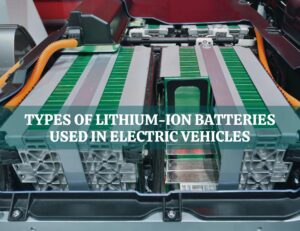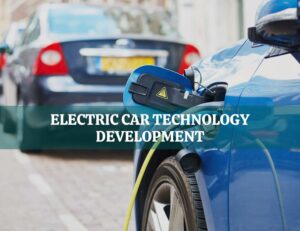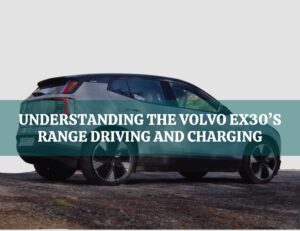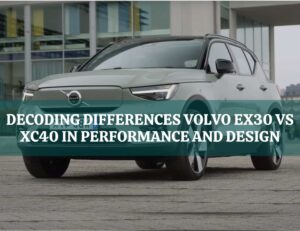Electric cars, usually called EVs, are a sustainable form of transportation that has grown in popularity recently. Batteries come in a huge variety that are utilized in electric cars. They do not need gasoline or diesel to power their electric engine, in contrast to traditional automobiles. Instead, they use electricity. This has substantial benefits for both people and society at large because they don’t emit any poisons or contribute to air pollution.
Electric vehicles include small automobiles, buses, and trucks (EVs). EVs may be charged at home, in public charging stations, or even on the go with mobile charging devices. Regenerative braking is another common feature of EVs, which improves overall efficiency by repurposing energy lost during braking. In addition to being environmentally beneficial, EVs benefit drivers in a variety of ways, including as cheaper operating costs and less frequent maintenance requirements.
As worries over climate change and air pollution grow, electric automobiles are becoming increasingly prevalent in the transportation industry. Many nations and localities attempt to encourage their use through incentives and infrastructure development. Even if there are still some issues to be resolved, such range anxiety and the availability of charging infrastructure, the growing popularity of electric cars shows that they are a viable solution for a more sustainable future.
The Various Battery Types
In order to power the electric motor, batteries are a necessary component of electric vehicles. Each type has distinctive qualities and is available in various sizes, forms, and chemical compositions. While some batteries are intended for energy storage, others are made for high power output.
The content, charging time, and general performance of an electric vehicle can also be impacted by its type of battery. Because of its high energy density and prolonged cycle life, lithium-ion batteries are presently the most often utilized batteries in electric vehicles. Now, let’s see the types of batteries used in electric vehicles.
Lithium-ion batteries
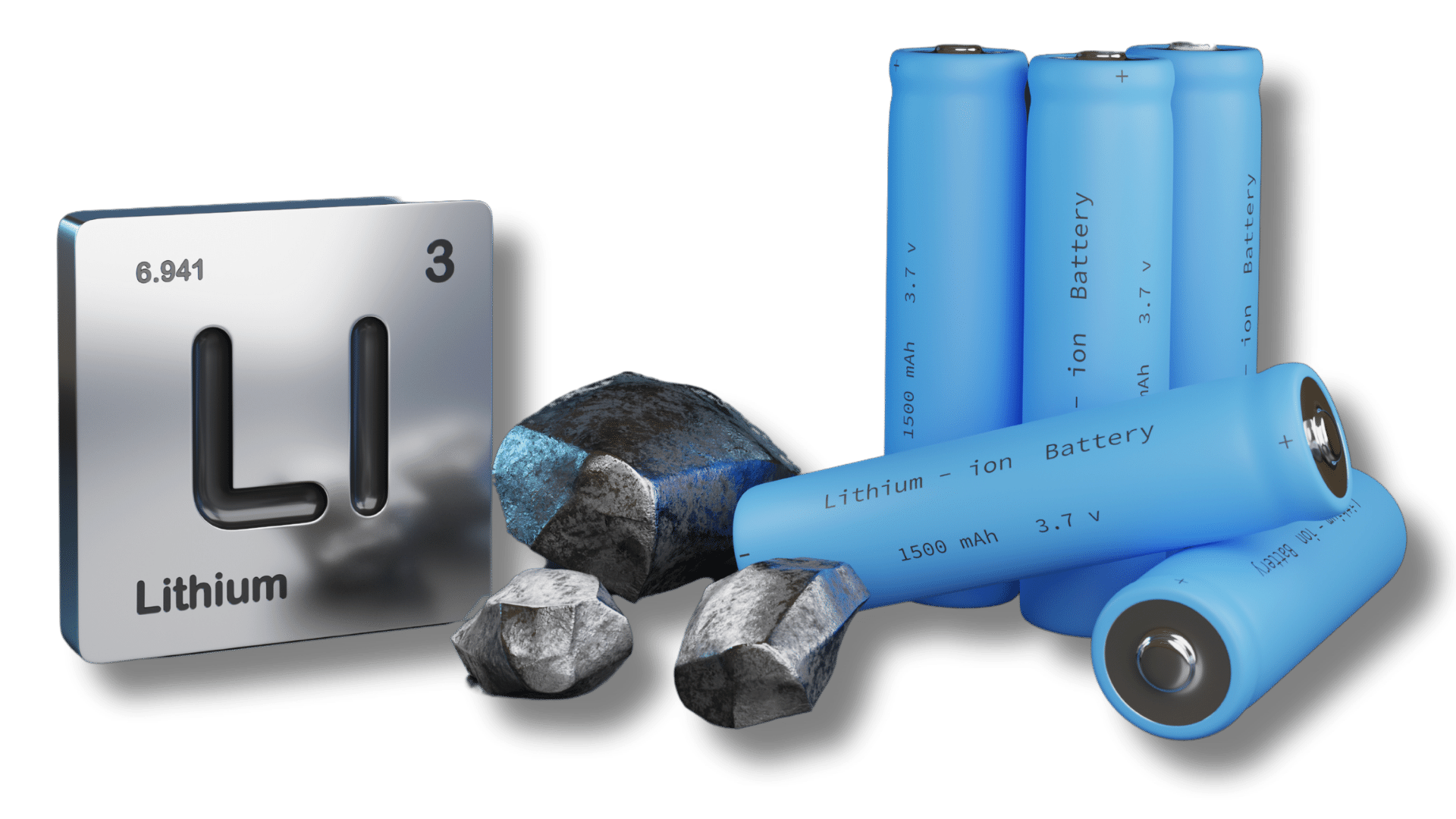
Lithium-ion batteries are presently the most often used batteries in electric cars due to their high energy density and extended cycle life. These batteries transfer lithium ions between two positive and negative electrodes during charging and discharging. A liquid electrolyte solution separating the two electrodes contains lithium ions used for energy storage.
Due to their high energy density, lithium-ion battery packs can store a significant quantity of energy in a little amount of space. This is one of its key advantages. Nevertheless, they have substantial limitations, including as high cost and the risk of thermal runaway, a situation in which the battery overheats and may catch fire or explode if handled poorly.
Nickel-metal hydride (NiMH) batteries
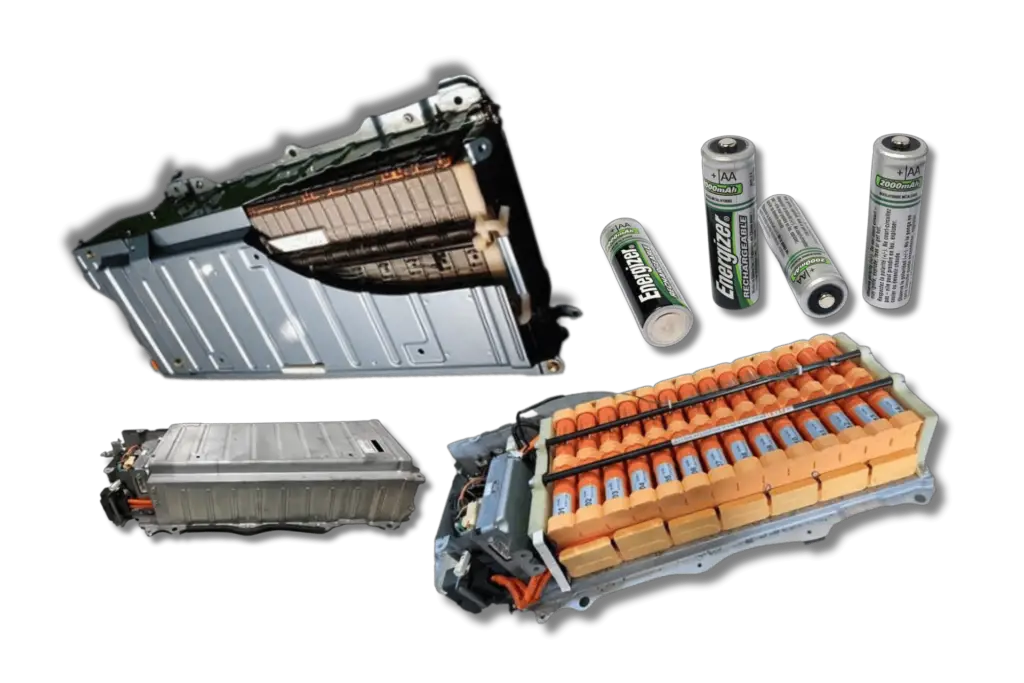
Nickel-metal hydride (NiMH) batteries are an additional rechargeable battery type that is infrequently used in electric cars. They store and release energy through a chemical interaction between a metal hydride electrode and a nickel electrode. NiMH batteries have a few benefits over lithium-ion batteries, including being less expensive and less likely to have thermal runaway.
They can’t store as much energy as lithium-ion batteries in the same area because they have a lower energy density.They regularly need to be replaced as well due to their lower lifespans. Due to these drawbacks, NiMH batteries are utilized in electric vehicles less regularly.
Lead-acid batteries

Lead-acid batteries, the oldest rechargeable battery type, frequently powered the first electric cars. They store and release energy through a chemical reaction between lead and lead oxide electrodes. Lead-acid batteries have the benefit of being inexpensive and straightforward to produce. In contrast to other batteries, they have poor energy density and a short lifespan.
As part of their routine maintenance, they must also be topped off with distilled water and check their electrolyte levels. Lead-acid batteries are no longer as often utilized in electric vehicles because of their drawbacks. However, they are sometimes employed in hybrid cars or other applications where cost is the primary consideration.
Solid-state batteries
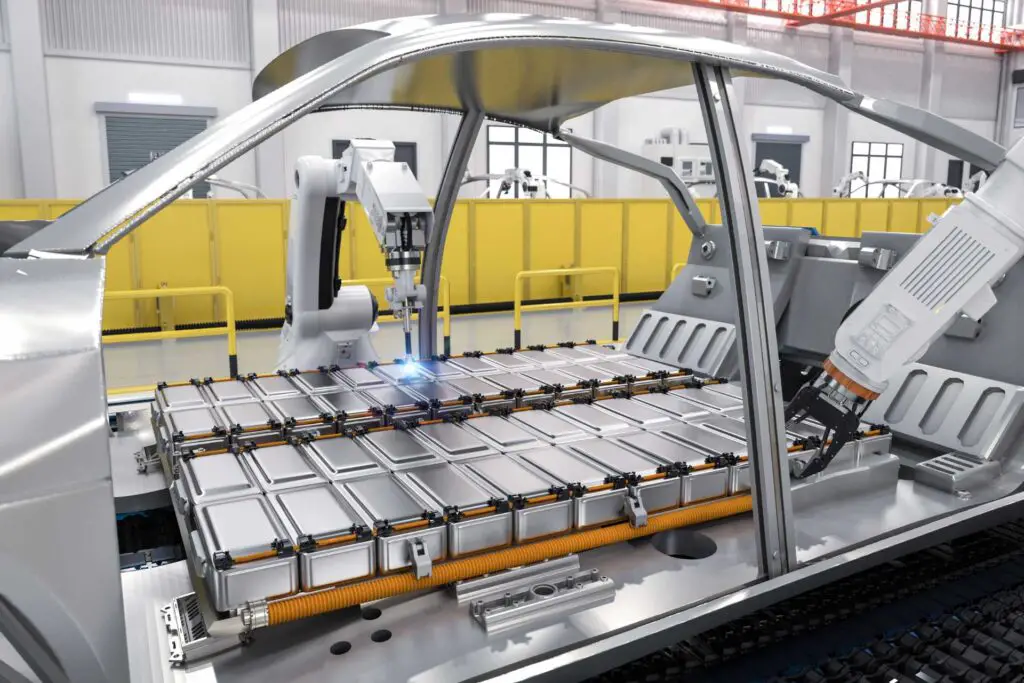
Even though they are still in the research and development stage, solid-state batteries have a lot of potential for use in electric vehicles. Solid-state batteries use a solid electrolyte material in contrast to conventional batteries, which transfer ions between the electrodes using a liquid electrolyte.
As no liquid can leak or catch fire, this may result in higher energy densities, quicker charging times, and improved safety. Also, since solid-state batteries don’t contain heavy metals like lead or cadmium, they may be more environmentally benign. Researchers are still working for solutions to overcome the technological constraints that make solid-state batteries difficult to build, so that they may be used in electric vehicles on a large scale.
Battery management systems (BMS)
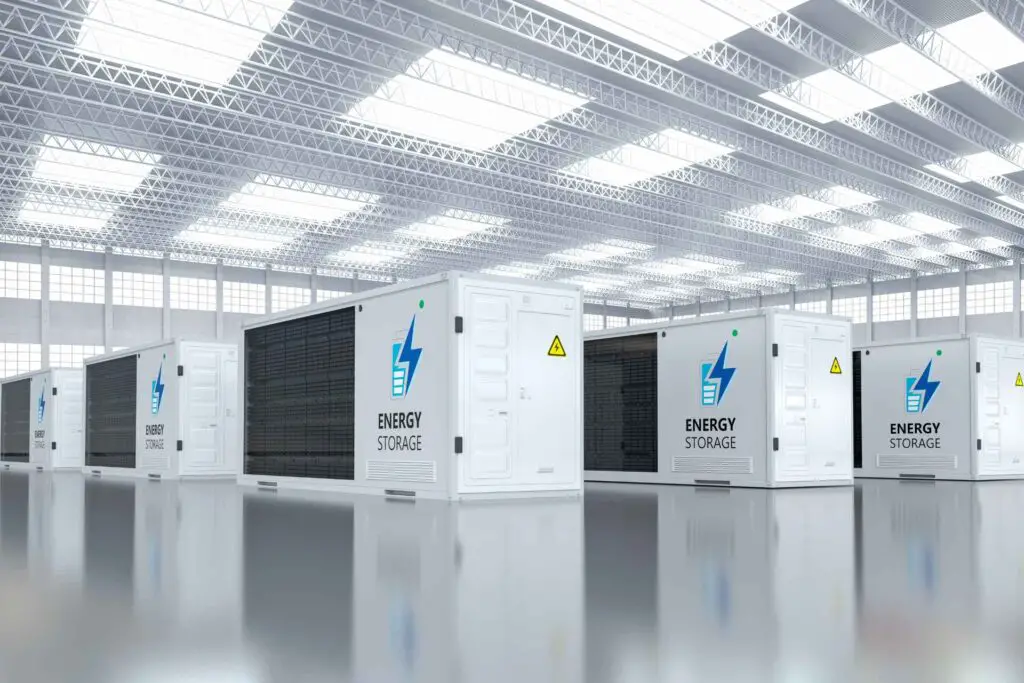
Electric automobiles must have battery management systems (BMS), which improve the battery’s performance and safety. The BMS tracks each battery cell’s voltage, temperature, and charge status, modifying the charging and discharging process as necessary. To keep the battery operating within a safe temperature range, it also regulates the cooling and heating of the battery pack.
BMS also contributes to longer battery life by preventing overcharging and undercharging, both of which can harm the battery. The driver is also given essential information by BMS, such as the battery’s remaining range and the anticipated time needed for a complete charge. Overall, BMS plays a significant role in the safety and performance of batteries in electric vehicles, enhancing their dependability and effectiveness.
Battery recycling
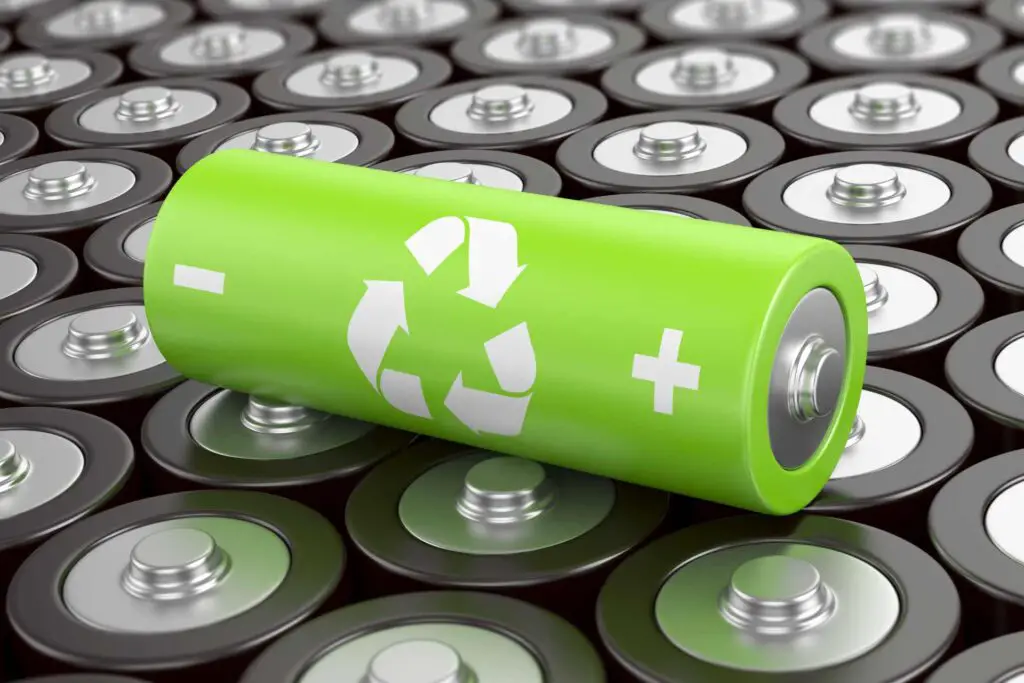
Since lithium, lead, and cadmium batteries negatively influence the environment, recycling batteries is essential for electric vehicles. Most batteries are currently recycled using a method that disassembles the cells and removes the valuable components.
Although there is undoubtedly an opportunity for development regarding effectiveness and environmental impact, this procedure can be costly and time-consuming. Future advancements in battery recycling might include the development of new technologies that boost the efficiency of the recycling procedure as well as the adoption of cutting-edge recycling methods like closed-loop recycling, which would include utilizing recycled components to make new batteries.
Overall, battery recycling is a significant challenge that will only worsen as the number of electric vehicles on the road increases.
Battery Technology Advancements

Novel battery technology is continually being studied and developed in order to improve the efficacy, safety, and performance of electric car batteries. One field of research is the development of solid-state batteries, which, when compared to traditional batteries, may provide better energy densities, faster charging times, and improved safety.
Making lithium-sulfur batteries is another topic of research since they may provide even better energy densities and lower prices. Improvements in battery chemistry and materials may also result in longer cell life and better stability at high temperatures. Nevertheless, as battery technology advances, the industry for electric vehicles may be significantly impacted as electric vehicles become more affordable and useful for daily usage.
Conclusion
Different battery types, such as lead-acid, nickel-metal hydride, and lithium-ion, are used in electric power vehicles. Cost, weight, and energy density are a few factors each type of battery has in its favour and against. Due to their high energy density and lengthy lifespan, lithium-ion batteries are currently the most frequently used in electric vehicles.
Now you may know the types of batteries used in electric vehicles. Yet, as technology develops, new battery types might appear that provide even higher performance, increasing the effectiveness and economy of electric vehicles. Ultimately, the battery utilized in an electric car will rely on several variables, including the car’s intended purpose, financial concerns, and environmental impact.





